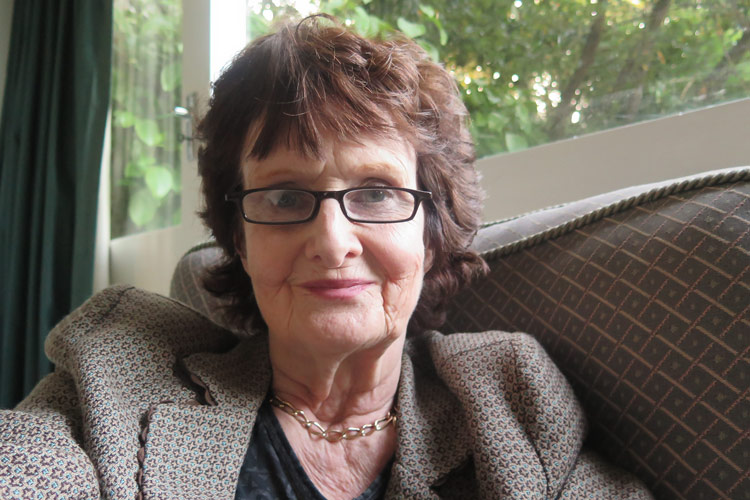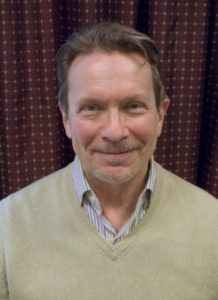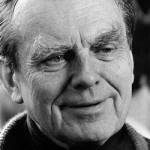One of Ireland’s leading poets, Eavan Boland, died this morning of a stroke, at her home in Dublin. She was 75. I knew her, and yet was at a loss about what to say, so instead I reposted a her poem about Ireland’s Great Famine, which I published a month ago on these cyber-pages, including the thoughts she shared with me. It’s here,
Eavan spent half the year in Ireland and the other half as a professor at Stanford. Occasionally when I’d be driving a car on campus, I’d see her trudging back to her campus home along Campus Drive or Lagunita, wearing an capacious calf-length skirt and jacket in earth tones, carrying a satchel full of papers. A sign that all was right with the world. I’d think to honk and wave … but you don’t honk at Eavan Boland. You just … don’t…
From poet Alfred Corn on his Facebook page:
The last time I spoke to Eavan was in 1994 during a literary conference at Washington University in St. Louis, organized by William Gass, the topic being “The Writer and Religion.” Apart from Gass (writer against religion), the participants were William Gaddis (against), Grace Mojtabai (for), me (for, depending), Amitav Ghosh (neutral), and Eavan (respectful but dubious). She spoke of the miraculous BVMs [i.e., Blessed Virgin Marys – ED] that sometimes appear in Ireland, attracting large crowds of believers. Which puzzled me because I regard such things as epiphenomena, not as exemplifying religion per se. But then I’m not Irish.
I wondered what Eavan had said on that occasion, and by chance today I found that she had discussed that very conference in a remarkable 1995 essay in The New York Review of Books. “As the Spirit Moves” is being made available without subscription for awhile on the occasion of her death. It’s here.
It begins with a fine summer in 1985, West Cork, along the seaboard. “In the town of Kinsale, which is a summer resort on that coast, there were more tourists than usual. This is one of the beautiful parts of Ireland and indeed, without being tribal, one of the beautiful parts of Europe. Surrounding it are small towns, villages, and farms. The terrain is fairly flat, without some of the Gulf Stream warmth which produces the dramatic palms and tropical branches of certain parts of Kerry further west.”
This is what happened there. And this is how it stirred almost the whole of Ireland during that summer. Traveling back by car on one of those fine evenings, a woman stopped at a grotto which contained a statue of Our Lady. Ireland, which in the Republic at least has sustained a largely Catholic culture, had celebrated what was called a Marian year in 1950: a year, that is, in which Our Lady was honored as the Mother of Christ. The result of the celebrations was that hundreds of small grottoes and statues and shrines to Our Lady remained scattered around the countryside as continuing places of worship. This one was just outside the village of Ballinspittle, perhaps ten miles from Kinsale. It was eloquently set in the recess of a hillside, about thirty feet above the road. And on one of those sunny evenings, in late July, when travel in a car, or a visit to the places which contained such a grotto, must have seemed like a pleasant and appropriate summer diversion, a woman saw that statue of the Virgin Mary move.
Within not weeks, but days, someone reported a similar phenomenon. Then another. Then another. Then more and at different shrines. Sub-headlines of the Irish Times, second leaders on the evening news, whole radio programs, and finally television documentaries were devoted to the phenomenon. A woman had seen a statue move in a city church. Another had seen the Virgin reach out her hand. Another saw her move as if to step down from her shrine.
Then the headlines gave way, at least in the urban press, to analysis. Sociologists, psychologists, psychiatrists began to be featured on television. They explained that this was not unusual, that in times of stress, of hardship and recession, this sort of thing had been observed widely. By this time the summer evenings were getting shorter but the clear, warm hours before dark, and just after it, were filled with literally hundreds of cars, visitors, couples, and whole families converging on any place along the seaboard, but especially near Kinsale, where this had been observed. In an outpouring of insistence and longing, men and women with accents which were not so often features of the urban Dublin news programs described what they had seen, and they could not be shaken from their stories.
Then the explanations grew less frequent. The outrage and suspicion of the Catholic clergy, disowning and warning against these visions, became less emphatic. The journalistic silly season passed. The evenings grew colder. The rain returned. Suddenly, as quickly as it had come, the phenomenon was over. No statues moved. No sociologists talked. Normality returned.
I remember that summer clearly. I remember driving down the Dublin roads, where the luburnum and lilac filled the verges with yellow and violet, and listening to my car radio. Something seemed to have happened that was not faith, and could not be called religion; that was short of hysteria and yet by no means rational. From the safety of a cosmopolitan city, which Dublin has finally become—with fast cars and fast food and a limited concentration span—I could hear, to use Joyce’s phrase, “the batsqueak” of another Ireland. Through the statistics of debt and unemployment, and Northern violence, I could hear the elegy and anger break out one last time, lamenting a simpler time and a surer one.
I did not believe that the statues had moved. But I did not believe the sociologists either. I knew enough about the unreason of Irish history to respect and even be in some awe of what had taken place on those fierce and unaccountable evenings, in the long light hours, in small towns and farmlands where television cameras hardly ever reached, and where political scientists usually never went, except briefly at election time. And I was troubled.
As I listened to disc jockeys and radio broadcasters speaking jovially or contemptuously, whichever way you viewed it, of the faith and hallucination of those who saw those statues move … Since I lived in Dublin, I heard more of the skepticism and muted contempt which a place of purported sophistication has for a simpler region than anything which might indicate sympathy with what had happened.
And yet I was moved. I could not completely share in the cynicism of a capital city.
What follows afterwards is a discussion that’s hard to summarize, about the communal imagination and the role of literature, and the “monstrous” development of “the religion of poetry” – the attempt of poets to become priests, and losing their poetry, too.
“In their attempt to make sacred a time and a country that were resolutely being defined as secular, they were testifying to an enormous loss and a true deprivation,” she writes. Well, Czesław Miłosz said the same thing. He mourned our loss of “Second Space,” which is also the title of the last collection he published before his death in 2004. Well, that’s another story for another article.
Requiescat in pace, Eavan Boland. You can read her whole essay here, while it’s still available.
Tags: Alfred Corn, Czeslaw Milosz, Eavan Boland




